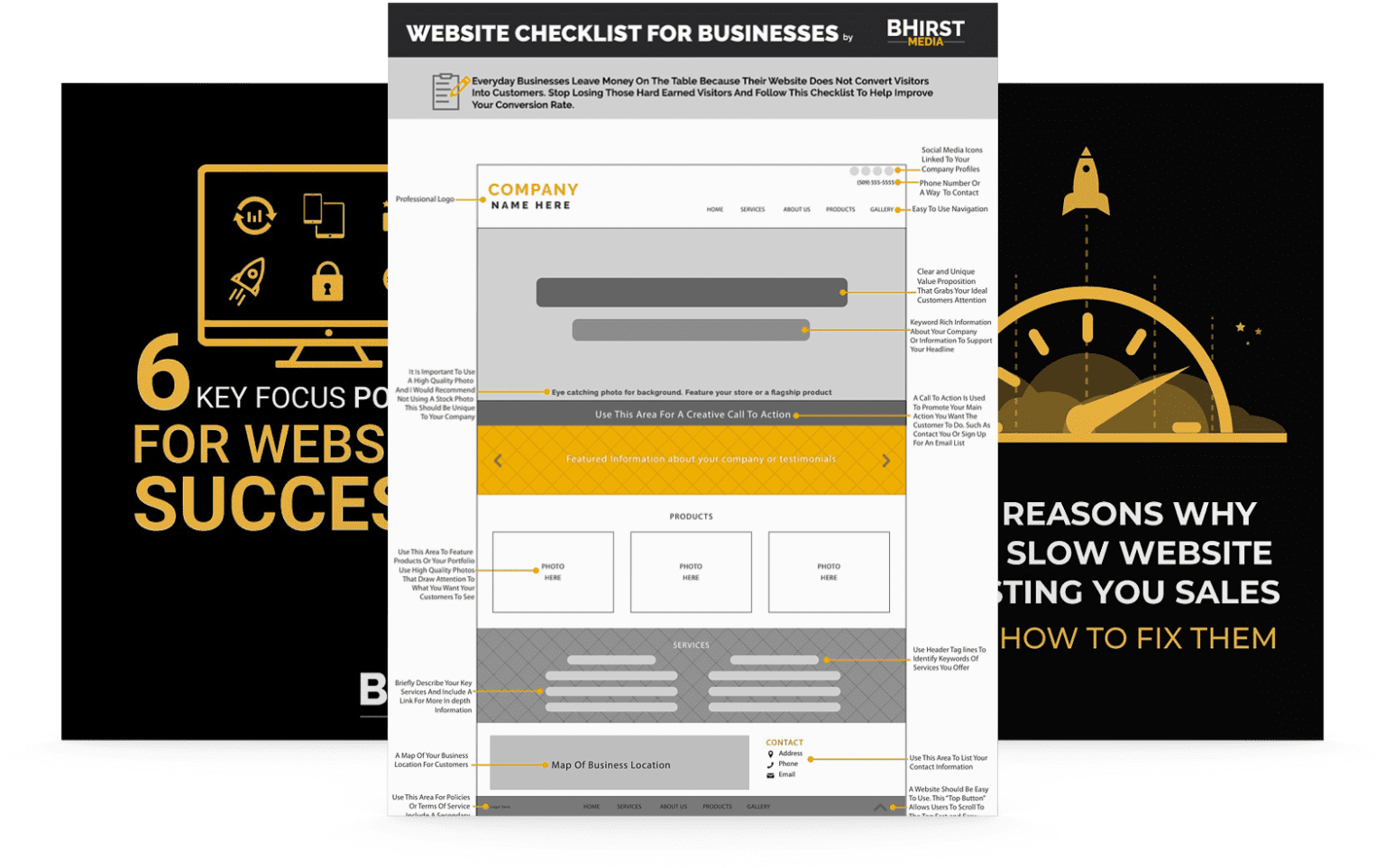
Creating recurring revenue streams is a vital strategy for businesses aiming to withstand economic instability and foster sustained growth. Below are key takeaways that highlight essential approaches to building financial resilience and stability during recessions.
Recurring revenue models not only help businesses weather recessions but also build a foundation for consistent growth and adaptability. In the sections that follow, we will explore actionable strategies for diversification, strategic planning, and leveraging subscription models to achieve greater financial stability across various industries.
As economic uncertainty looms, the resilience of your business hinges on its ability to secure sustained income. Recurring revenue streams are not just beneficial; they are crucial for weathering unpredictable market conditions. Diversifying revenue reduces the financial risk linked to single-source dependency, improving overall financial health.
Businesses with diversified income sources are better equipped to withstand economic downturns, as they mitigate the financial risk associated with single-source dependency. By focusing on strategies like subscription models and memberships, companies can ensure predictable cash flow, which is a cornerstone of financial stability during recessions.
This article examines essential strategies for creating financial resilience and stability, providing actionable insights to help your business not just survive, but thrive through a recession. Let’s delve into how these strategies fortify your business against economic turbulence and establish a foundation for long-term success.

Recurring revenue is the lifeblood of modern businesses, particularly in periods of economic instability. By securing a reliable and predictable income stream, businesses can better forecast financial performance and ensure operational continuity. This type of revenue model minimizes revenue fluctuations, allowing firms to plan for growth and invest in innovation. For example, consider software companies like Adobe, which transitioned from license sales to a subscription model. This shift led to a more stable revenue base, ultimately increasing long-term profit margins and customer retention rates.
Beyond the software industry, recurring revenue models are transforming sectors, including healthcare, finance, and education. In healthcare, subscription-based telehealth services provide consistent revenue and improve patient outcomes. In finance, wealth management firms use recurring fee models to stabilize income and foster long-term client relationships. In education, online learning platforms offer subscription access to courses, creating a steady revenue stream and expanding educational opportunities.
This revenue model also fosters improved customer relationships. With a recurring subscription, businesses can continuously engage with their customers, understanding their needs, and offering updates or enhancements. This creates a feedback loop of loyalty, driving long-term customer value. Businesses adopting this model often enjoy higher customer lifetime value (CLTV), as the revenue is less about a one-time purchase and more about ongoing value delivery.
Economic recessions are difficult periods characterized by reduced consumer and business spending, increased unemployment, and often a general contraction in economic activity. During such times, businesses with traditional revenue models face significant strain, sometimes leading to operational downsizing or even closure. Understanding this, companies like Netflix positioned themselves strategically by offering subscriptions as their primary revenue source.
However, having recurring revenue also means understanding its limitations. While it provides more stability, it is not entirely immune to economic downturns. Companies must still navigate challenges like customer churn, increased price sensitivity, and overall reductions in disposable income. This necessitates a strategic approach to diversifying revenue streams and ensuring that the recurring model is robust enough to withstand economic volatility. In the legal sector, for instance, firms may offer subscription-based legal advice to small businesses, but they must also prepare for potential client attrition during economic downturns by providing flexible payment options and additional value.
The subscription model has surged in popularity, transforming sectors from entertainment to publishing and beyond. A key principle behind this model is providing consistent value to retain subscribers. For instance, the fitness app Strava saw its user base and subscription revenues grow significantly when users could connect for virtual races and community activities, highlighting the model’s ability to enhance customer engagement.
Beyond fitness, the subscription model is flourishing in diverse sectors such as retail, environmental services, and consumer goods. Retailers like Stitch Fix offer curated clothing subscriptions. Environmental science companies provide recurring environmental monitoring services. Consumer goods companies send regular replenishments of essential products.
Implementing this model effectively means balancing the cost to provide value with sustainable pricing. Companies must ensure they offer enough value to justify the subscription cost, while also anticipating churn. Services like Skillshare use tiers to cater to different customer segments, allowing them to manage churn by offering lower-cost options for those hesitant to commit to higher-priced plans.

Beyond subscriptions, membership and loyalty programs offer another avenue for recurring revenue. These models work by incentivizing repeat purchases through loyalty points, exclusive offers, or members-only events, fostering a sense of community and belonging. For example, Starbucks’ loyalty program not only increases store visits but also enhances its recurring revenue stream through customer retention.
These programs are easily adapted to suit various industries such as finance, healthcare and education. Banks offer premium membership programs with perks like higher interest rates or lower fees. Healthcare providers implement loyalty programs that reward patients for adherence to preventative care. Educational institutions provide alumni memberships that offer continued access to resources and networking opportunities.
However, creating a successful loyalty program involves careful planning:
Consumption-based models, where revenue is tied to usage or utilization, offer flexibility in revenue generation. This model can align the interests of the business and the customer by charging based on actual usage, which can be especially appealing during times of financial constraint. Take Amazon Web Services (AWS), which has shown remarkable growth by offering variable pricing directly linked to the consumption of cloud services.
Outside of tech, consumption-based models are finding applications in diverse sectors like environmental management, utilities, and transportation. Environmental firms charge based on the volume of waste processed or pollutants removed. Utility companies bill customers based on actual energy or water consumption. Transportation services offer pay-per-mile or pay-per-use options for vehicles.
While effective, this model presents unique challenges:
Recurring revenue models offer a powerful buffer against the economic uncertainty that recessions bring. By harnessing subscription-based models, loyalty programs, and consumption-driven strategies, businesses can create financial stability, adaptability, and growth opportunities even in the most challenging market conditions. However, the true key to unlocking such resilience lies in the strategic foresight to reassess and adapt these models continuously.
Looking ahead, businesses that embrace adaptable strategies and data-driven decision-making will lead in an increasingly competitive landscape. Whether through customer-first innovation, emerging technologies, or operational agility, the next era of success will belong to those who can not just adapt—but anticipate change. The real question isn’t if you’ll adopt these advancements—but how effectively you’ll use them to gain a competitive edge.
